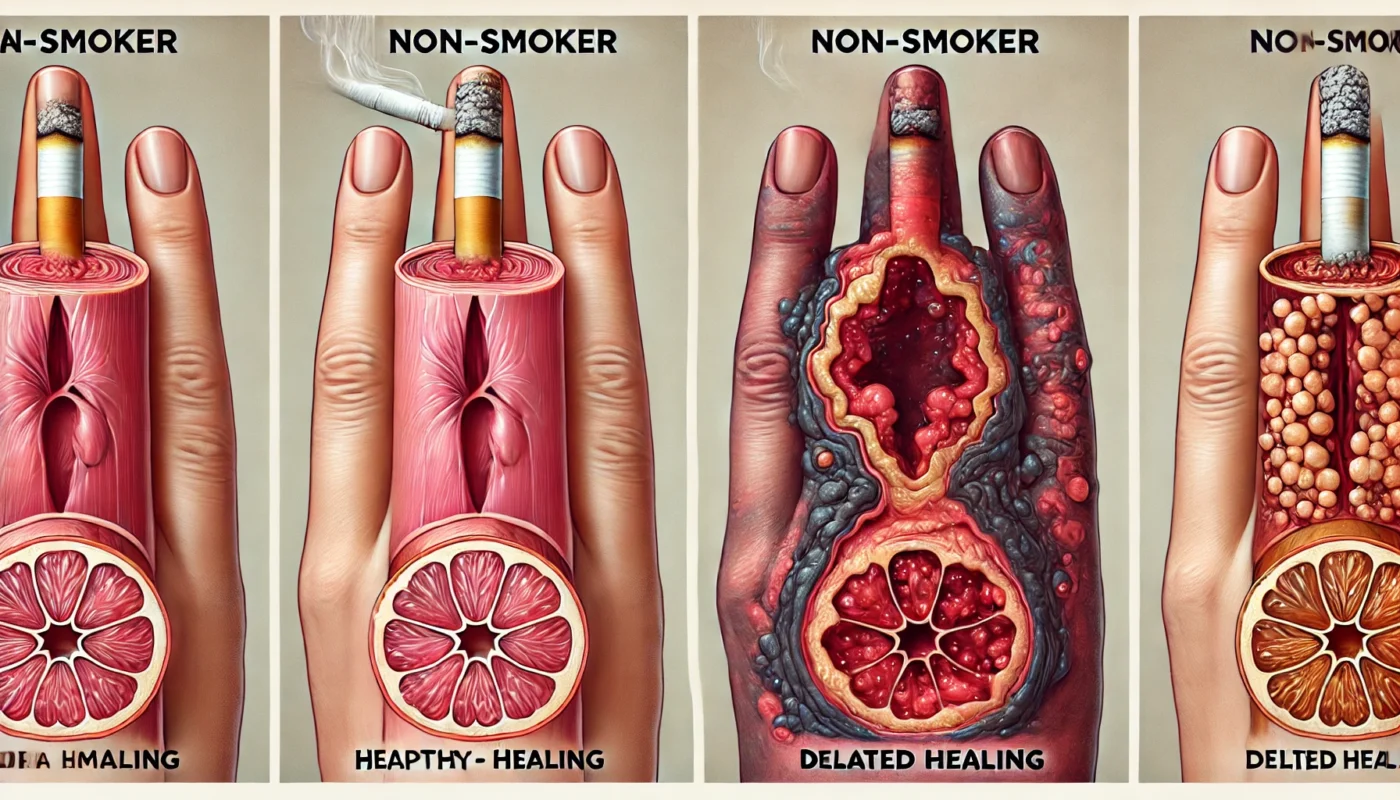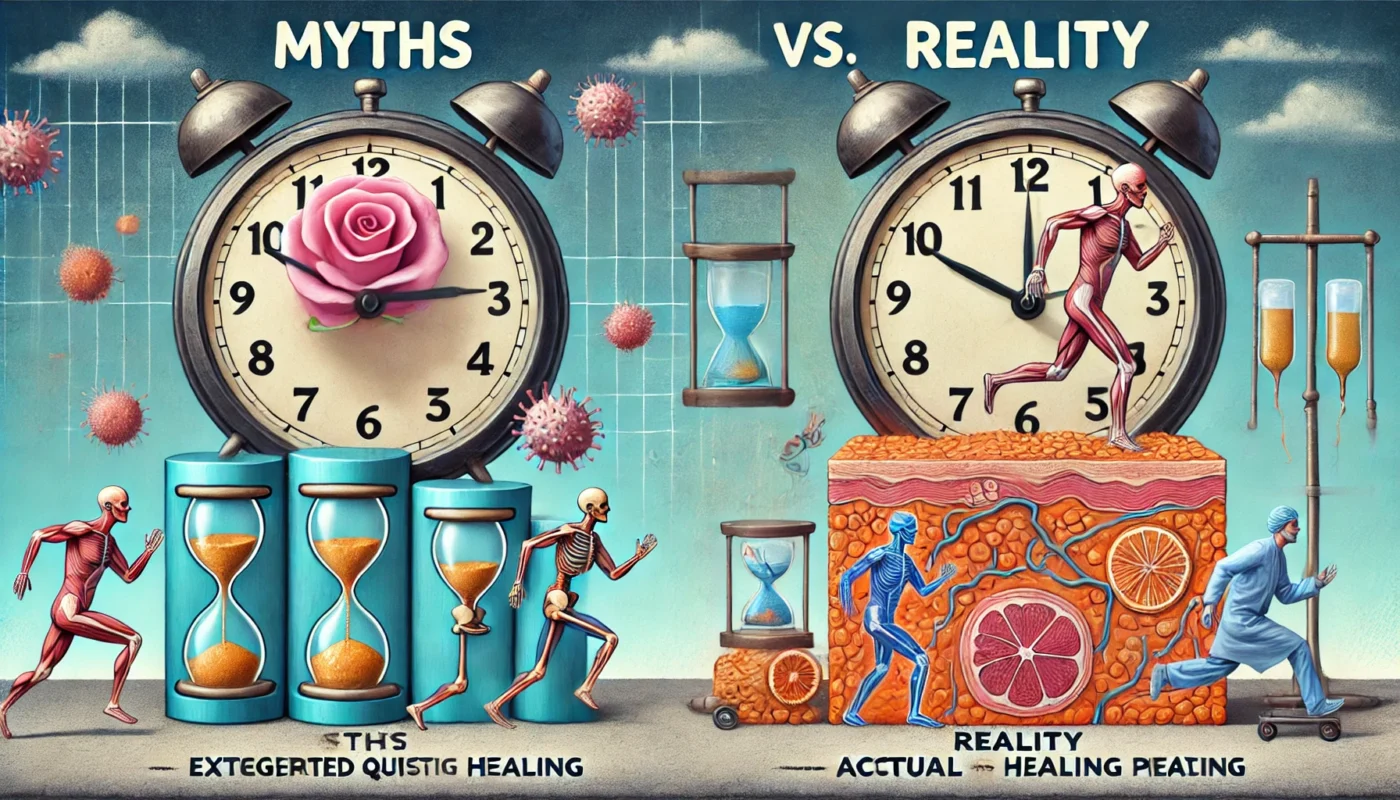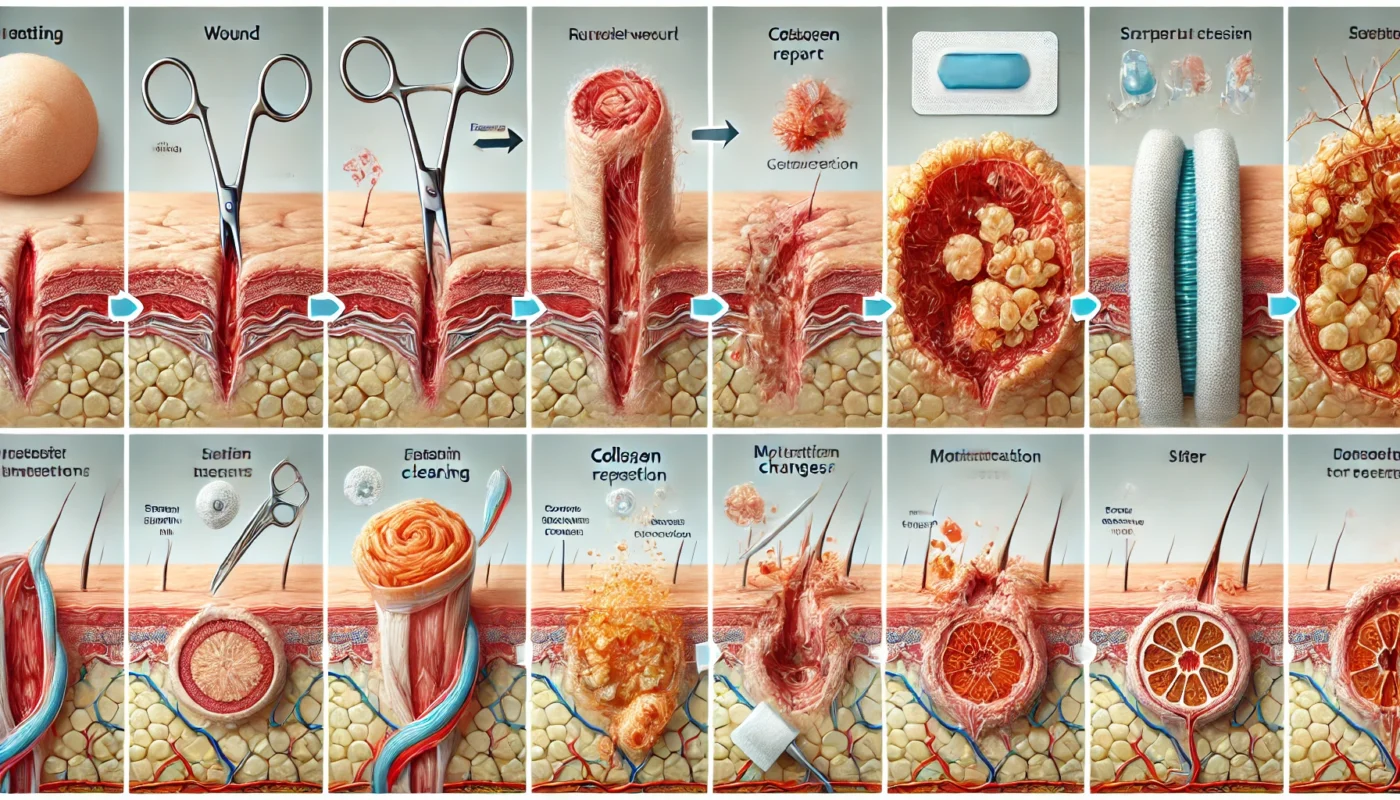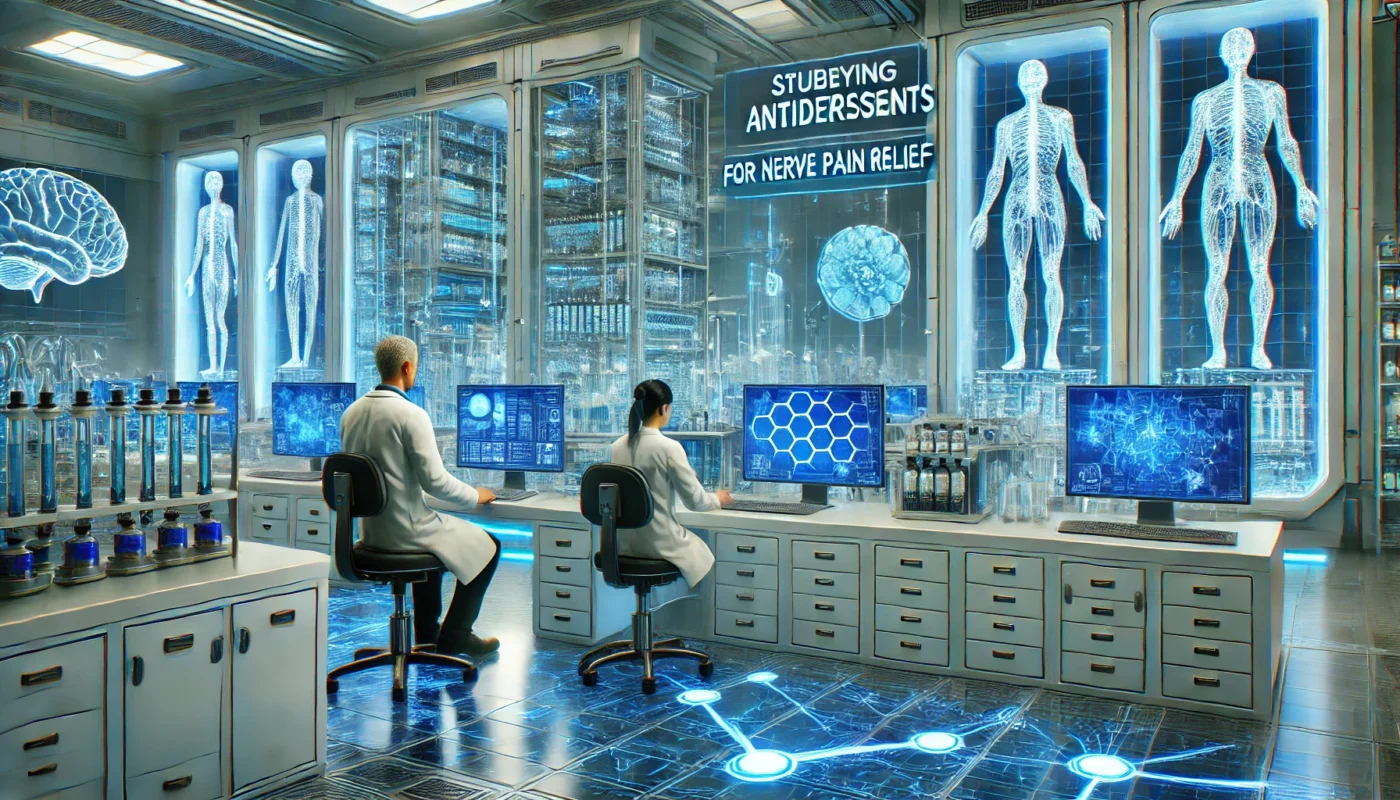Both Tylenol and Ibuprofen serve as go-to options for many dealing with headache pain, but they work in fundamentally different ways and are suited for different types of headaches and health scenarios.
Tag Archives: Supplements
When it comes to healing wounds, the body’s ability to repair itself is nothing short of miraculous. However, several factors can impede this natural process, and smoking is a significant one. In this article, we delve into how smoking affects wound healing, how much it slows down the process, and whether nicotine plays a role in this detrimental effect.
In the realm of health and wellness, understanding tissue healing times is crucial for anyone looking to optimize their recovery and well-being. However, myths and misconceptions often cloud this topic, leading to misunderstandings about how the healing process truly works.
For fitness enthusiasts and health-conscious individuals, debunking these myths can provide valuable insights into efficient recovery strategies. This article delves into prevalent myths about tissue healing times, supported by scientific insights and practical advice, to empower you in your wellness journey.
Surgical incisions are cuts made by a surgeon during an operation to access the area of the body that requires treatment. The healing of these incisions is a complex process influenced by a variety of factors, including the type of surgery performed, the patient’s overall health, and post-operative care practices.
Antidepressants are widely recognized for their role in treating depression and anxiety disorders, but they also have a significant place in managing chronic pain, particularly nerve pain. This dual functionality stems from their ability to alter neurotransmitter levels in the brain, which affects both mood and pain perception.
As we gracefully age, managing pain becomes an increasingly pertinent issue. For seniors, selecting the most appropriate pain relief option is crucial not only for comfort but also for maintaining overall health and well-being. This article delves into the complexities of pain management for seniors, exploring various pain relief choices, including traditional medications and holistic approaches.
Autoimmune diseases are complex and often challenging to manage, leaving many individuals seeking alternative solutions to alleviate symptoms and improve their quality of life. While conventional medicine offers various treatments, natural supplements can provide a complementary approach to managing autoimmune conditions. In this article, we will delve into the benefits and considerations of using natural supplements for autoimmune condition relief, helping you make informed decisions on your wellness journey.
Before diving into the strategies, it’s essential to grasp the basics of how your immune system functions. The immune system is a complex network of cells, tissues, and organs working together to defend the body against harmful invaders. It comprises two main components: the innate immune system, which acts as the first line of defense, and the adaptive immune system, which responds to specific threats.
Holistic health is an approach that considers the whole person—body, mind, spirit, and emotions—in the quest for optimal wellness. It emphasizes the connection between these components and how they contribute to overall health. Rather than focusing solely on symptoms, holistic health aims to identify and address the root causes of health issues, thereby promoting long-term […]
The immune system is a complex network of cells, tissues, and organs working together to defend the body against harmful invaders. It comprises two primary components: the innate immune system, which acts as the first line of defense, and the adaptive immune system, which targets specific threats with precision.
The innate immune system is the body’s first response to pathogens and is non-specific, meaning it attacks any foreign invader. It includes physical barriers like skin and mucous membranes, as well as immune cells such as phagocytes and natural killer cells. These components work in tandem to detect and destroy invaders before they cause harm.
The innate immune response is rapid, often responding within minutes to hours of an invasion. The cells involved in this system, such as neutrophils and macrophages, are constantly on patrol, identifying and engulfing pathogens. This immediate response is crucial for preventing infections from taking hold.
Chemical signals, such as cytokines, play a significant role in the innate immune system by coordinating the response. These signals can recruit additional immune cells to the site of infection, increasing the body’s ability to eliminate the invader.










